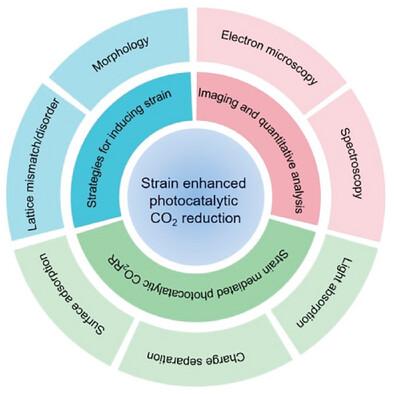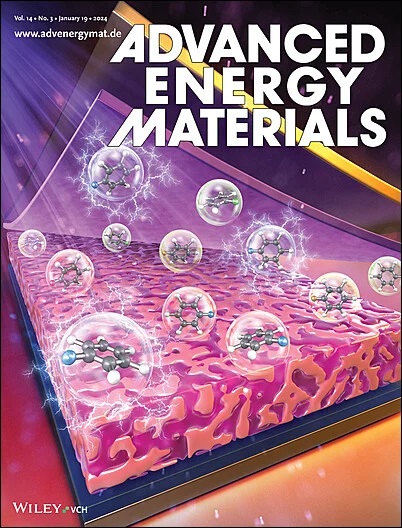Review on Fundamental and Recent Advances of Strain Engineering for Enhancing Photocatalytic CO2 Reduction
IF 24.4
1区 材料科学
Q1 CHEMISTRY, PHYSICAL
引用次数: 0
Abstract
Photocatalytic carbon dioxide reduction reaction (CO2RR) is widely recognized as an attractive technology for simultaneously addressing environmental issues and energy crises. CO2RR encompasses three primary processes: electron-hole generation, electron-hole separation, and surface catalysis. Consequently, the light absorption capacity, charge separation ability, and selectivity of the surface catalytic site of the photocatalyst significantly influence the rate of CO2RR. The significant role of strain engineering in the photocatalytic reduction of carbon dioxide to solar fuel using semiconductor catalysts is reviewed in this paper. Specifically, the design strategies of strain catalysts and the crucial role of strain on CO2RR are examined. In this paper, the mechanisms of strain-enhanced light absorption, photoelectron-hole separation, and product selectivity are reviewed, along with the most recent advancements in this field. This review offers valuable information for the design of strain engineering photocatalysts and supplements the review of various semiconductor photocatalysts.

加强光催化CO2还原的应变工程基础与最新进展综述
光催化二氧化碳还原反应(CO2RR)被广泛认为是一种同时解决环境问题和能源危机的有吸引力的技术。CO2RR包括三个主要过程:电子空穴生成、电子空穴分离和表面催化。因此,光催化剂的光吸收能力、电荷分离能力和表面催化位点的选择性显著影响CO2RR的速率。本文综述了应变工程在半导体催化剂光催化还原二氧化碳制太阳能燃料中的重要作用。具体来说,考察了应变催化剂的设计策略和应变对CO2RR的关键作用。本文综述了应变增强光吸收、光电子-空穴分离和产物选择性的机理,以及该领域的最新进展。本文为应变工程光催化剂的设计提供了有价值的信息,并对各种半导体光催化剂的研究进展进行了补充。
本文章由计算机程序翻译,如有差异,请以英文原文为准。
求助全文
约1分钟内获得全文
求助全文
来源期刊

Advanced Energy Materials
CHEMISTRY, PHYSICAL-ENERGY & FUELS
CiteScore
41.90
自引率
4.00%
发文量
889
审稿时长
1.4 months
期刊介绍:
Established in 2011, Advanced Energy Materials is an international, interdisciplinary, English-language journal that focuses on materials used in energy harvesting, conversion, and storage. It is regarded as a top-quality journal alongside Advanced Materials, Advanced Functional Materials, and Small.
With a 2022 Impact Factor of 27.8, Advanced Energy Materials is considered a prime source for the best energy-related research. The journal covers a wide range of topics in energy-related research, including organic and inorganic photovoltaics, batteries and supercapacitors, fuel cells, hydrogen generation and storage, thermoelectrics, water splitting and photocatalysis, solar fuels and thermosolar power, magnetocalorics, and piezoelectronics.
The readership of Advanced Energy Materials includes materials scientists, chemists, physicists, and engineers in both academia and industry. The journal is indexed in various databases and collections, such as Advanced Technologies & Aerospace Database, FIZ Karlsruhe, INSPEC (IET), Science Citation Index Expanded, Technology Collection, and Web of Science, among others.
 求助内容:
求助内容: 应助结果提醒方式:
应助结果提醒方式:


